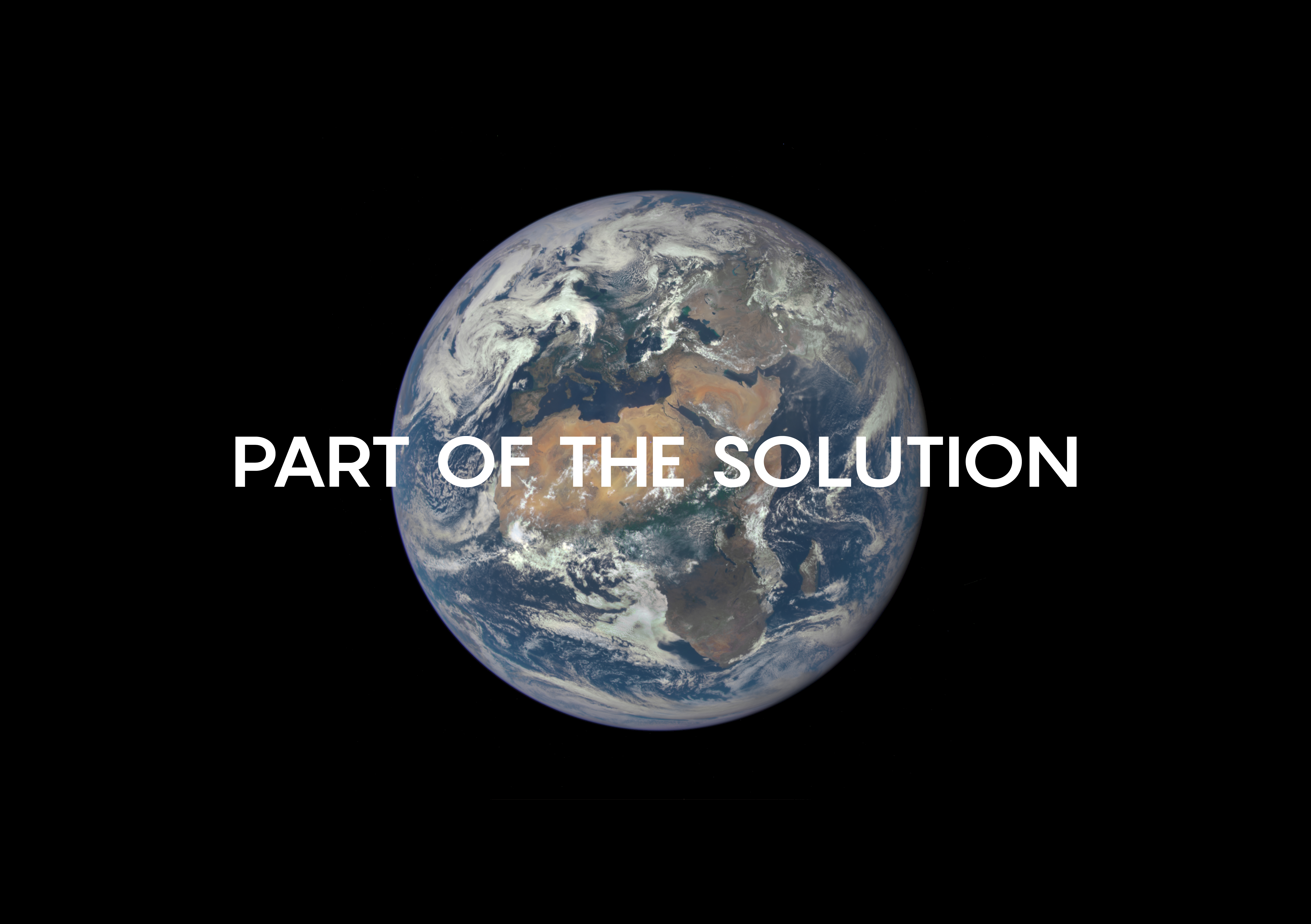Part of the solution
The fashion industry is facing a major challenge regarding the green transition and a more sustainable approach to the production and usage of clothing. One answer to this transition is natural fur as it is a long-lasting material. Fur is diversifiable, fur is frequently passed down through generations, and people really care for their fur until it is completely worn out. Eventually towards the end of the lifecycle of the fur, it will naturally break down into nature’s primordial building blocks. Fur is inherently part of the solution for a more sustainable fashion industry.

Towards a more Sustainable Fashion Industry
For years the fashion industry has been dominated by fast-fashion brands and designers, whose primary focus is producing more designs and more collections with the purpose of constantly generating more sales. Furthermore, due to this same sale driven outlook many brands have been producing in low-quality, synthetic materials without eye for long-lasting, sustainable designs and natural responsibility. For years, this has led to a fashion industry characterized by overproduction with materials that aren’t sustainable nor natural, and tons and tons of finished goods ending up in landfills around the world.
Fortunately, a noticeable response to this part of the fashion industry has appeared and an ever-increasing grouping of brands, designers, and consumers are critical of this way of consuming. This group focuses on designing long-lasting sustainable styles in natural materials, which are relevant for generations to come and this same group is naturally implementing fur in their collections as this material is one of the world’s most natural and sustainable materials.
While fake fur made from plastic and oil, has a very short lifespan and will end up in nature as microplastic, natural fur is a 100% natural and biodegradable material with a lifespan of up to 30 years. The longevity of fur and its ability to be re-designed and refashioned throughout its lifespan, makes it a long-lasting, sustainable material relevant for generations to come.
Sustainable and Animal Welfare Certified Production
The fur industry in Denmark focuses on a sustainable production philosophy and runs a bio-circular and zero-waste production transforming the residual elements from fur production into something valuable and beneficial to the environment. All fur farms use feed composed by production residue of fish, chicken, and pork and following pelting 100 per cent of every animal bred is used - the fur is naturally used for apparel, manure is applied in fertilizer, and the fat and body are reprocessed for biodiesel and bone meal useful for e.g. heating or components in cement, concrete and asphalt.
All aspects of mink breeding are based on well-documented high animal welfare. Intensive research throughout decades underlies the way the animals are living incl. how big of a cage they live in, how it is arranged and decorated, what they get to eat and in general how the farmers care for them. In fact, this profession is so thoroughly researched, well-run, and documented that every farm selling fur through Kopenhagen Fur are now WelFur certified.
WelFur is an independent third-party animal welfare certification based on EU standards. This is first and foremost important because of ethical matters but just as important in order to secure the best quality of fur. The truth is, the better the care and conditions for the animals, the more beautiful and high-quality fur and the more valuable fur.
www.kopenhagenfur.com/partofthesolution
Fur facts
Fur is a 100% natural, biodegradable, and sustainable with a lifespan of up to 30 years.
Fur can be re-designed and refashioned throughout its lifespan in comparison to synthetic fast-fashion materials made from oil.
Fur production in Europe has a high standard of animal welfare documented by WelFur – a standard higher than most animal based productions.
